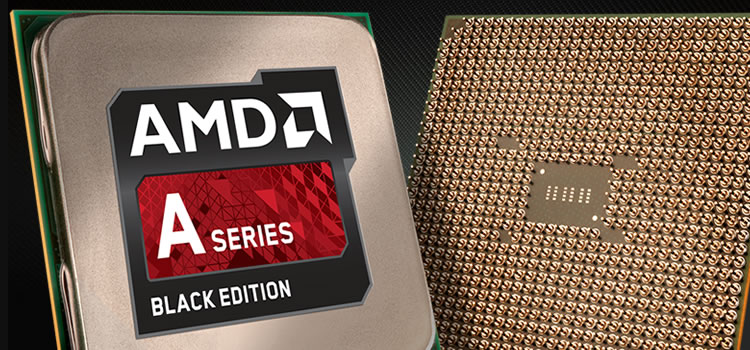A10's Dual Graphics: Does It Make Sense?
Although the A10-7850K's CPU was only around 5% faster than the A8-7600 and typically slower than the A10-6800K, the A10-7850K's gaming performance was superior in each of the six titles tested. There's no denying that the A10-7850K has the most powerful integrated graphics available, yet it's never going to be the average gamer's first or even fifth choice with cards like the $150 Radeon R7 260X around.
Titles such as Company of Heroes 2, Metro: Last Light and Hitman: Absolution weren't really playable on medium at 1680x1050 while Arma 3 and BioShock: Infinite were borderline playable. You can achieve playable performance in titles such as Tomb Raider at this resolution if you're willing to play on the lowest quality, but that's never an answer gamers want to hear, least of all after buying a new gaming chip.
The solution of course is to invest in a discrete graphics card and AMD's 'Dual Graphics' initiative has added an interesting dynamic to the budget market. Whereas we wouldn't usually recommend a sub-$100 card such as the Radeon R7 240 or 250 for gaming, they are more viable if they can be paired with Kaveri APUs. We saw some incredible performance boosts when those cards were Crossfired with the A10-7850K.
For instance, when playing Tomb Raider, BioShock: Infinite and Arma 3 we saw a 56% increase with the R7 240 and a 91% increase with the R7 250 on average. By themselves, the R7 240 was 7% slower than the A10-7850K in those games while the R7 250 was 42% faster. You should also keep in mind, however, that just as many games saw little to no performance gain when being driven by the Dual Graphics setup.
Company of Heroes 2, Metro: Last Light and Hitman: Absolution are fine examples of that. In fact, most of those titles actually performed worse when using the A10-7850K and a discrete card in Crossfire, so you'll probably want to be careful about when you have it enabled. Hitman: Absolution usually works very well with Crossfire, yet the A10-7850K was 9fps faster without the R7 250 running in tandem.
Given that the R7 250 costs $10 to $20 more than the R7 240 we highly recommend gamers go for the faster option if you want to take advantage of Kaveri's Dual Graphics option – just make sure you get an R7 250 with GDDR5 memory, not GDDR3. However, if you want to play the latest releases on decent settings, it makes more sense to pay the extra $40 or $50 on something like the Radeon R7 260X.
That card costs 40% to 50% more than the R7 250, but it's also 40% to 50% faster than the R7 250 and A10-7850K combo. Although that doesn't make the R7 260X a better value outright, it is when you consider that all the games we tested were very playable at 1680x1050 and there was still wiggle room to increase the quality for a more enjoyable experience. Plus, you don't have to worry about Crossfire spoiling the fun.
If possible, we recommend spending a little extra money on a competent mid-range graphics card for guaranteed performance in all of your favorite games. While AMD's latest APUs make an interesting value proposition on their own, it seems like there are few situations where it would make sense to buy the company's FM2+ platform for Dual Graphics between an APU and a low-end discrete GPU.

